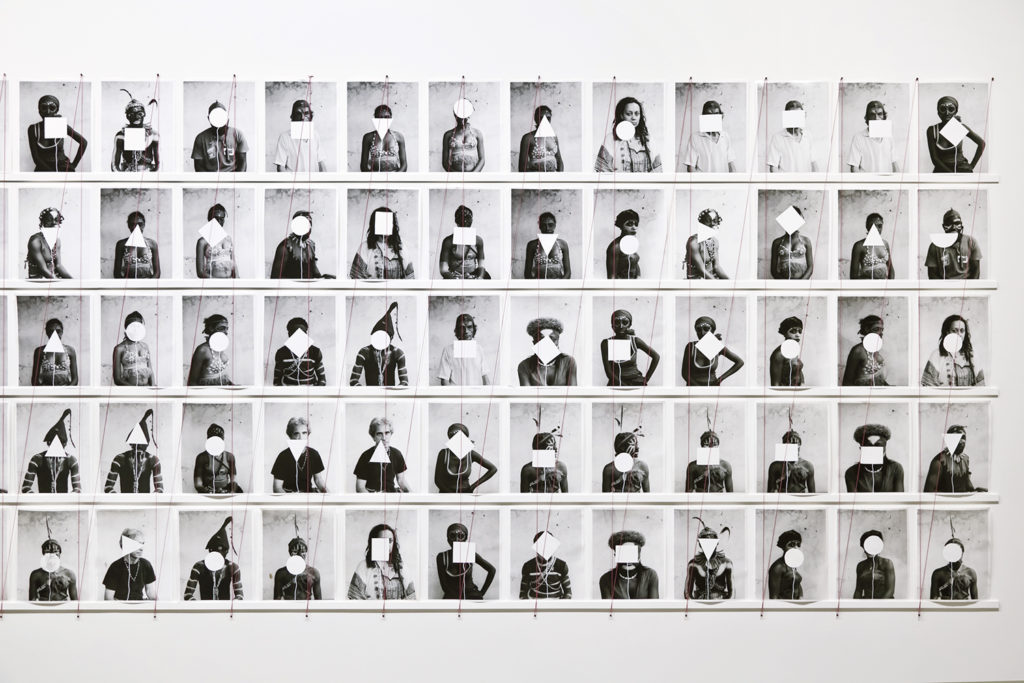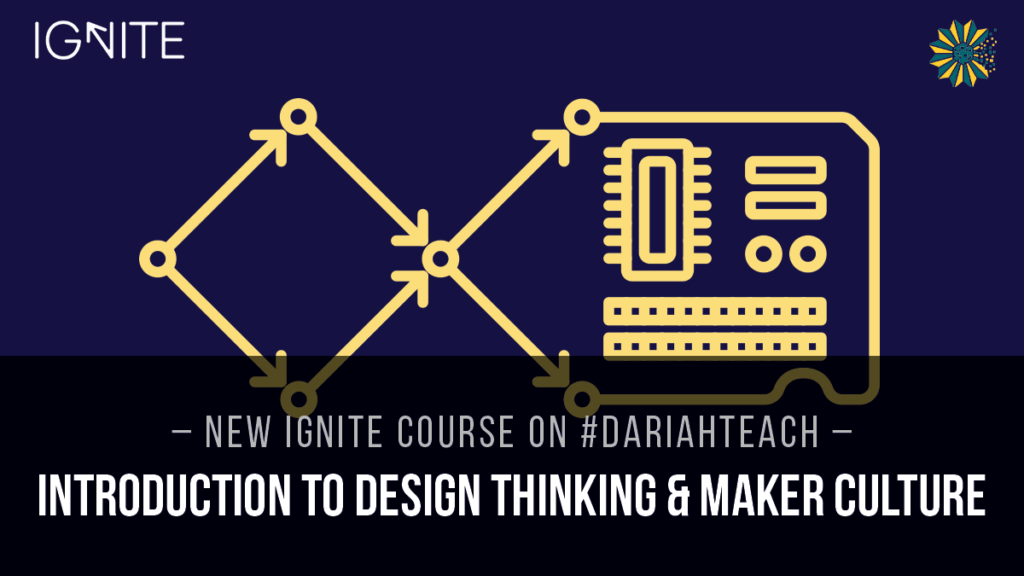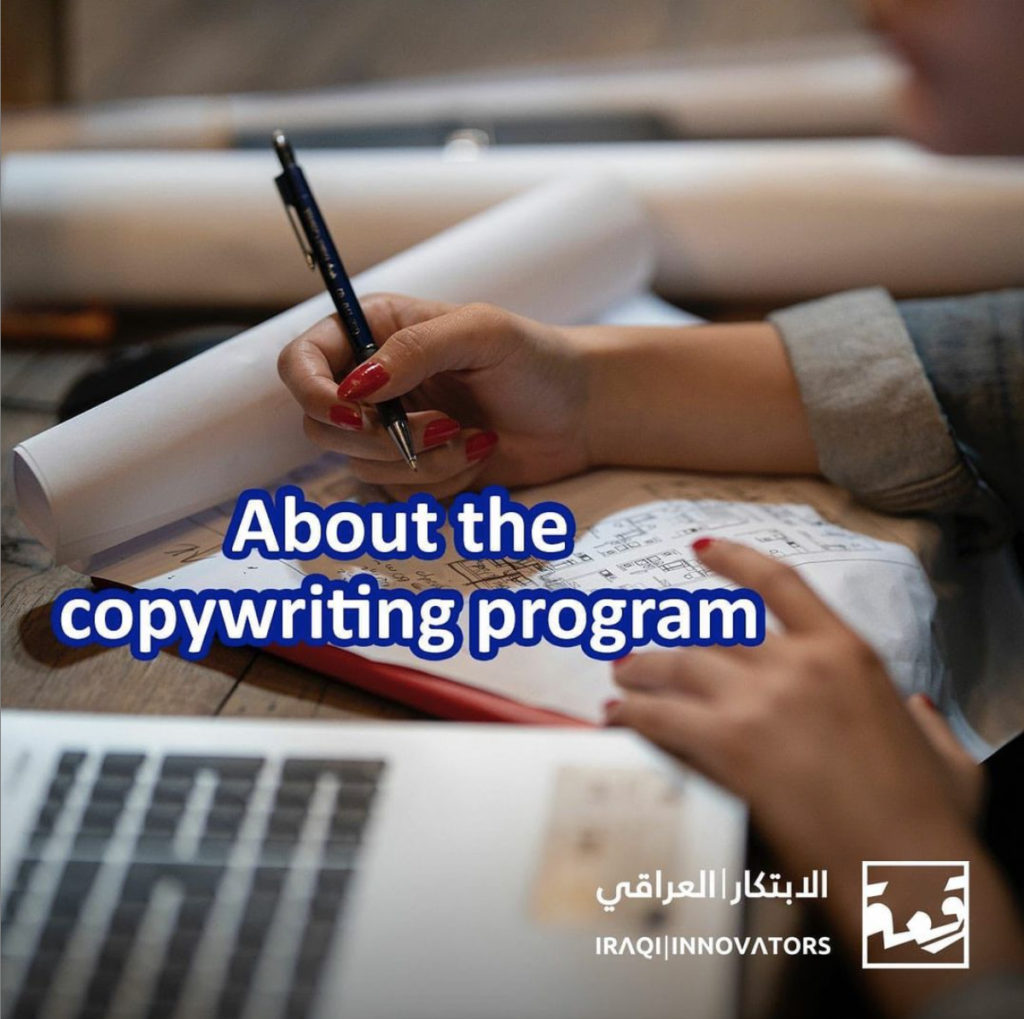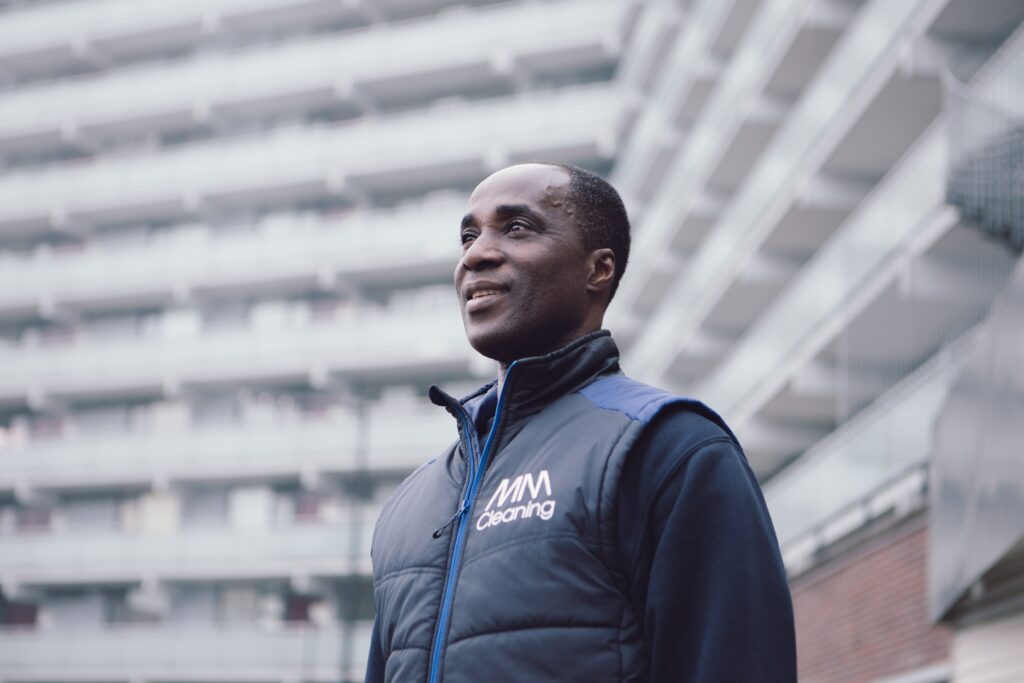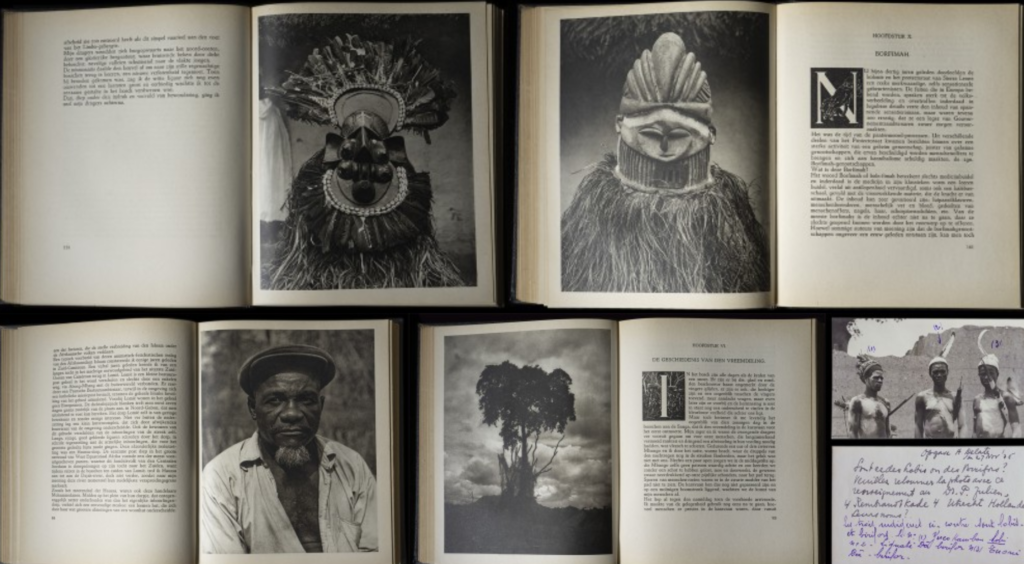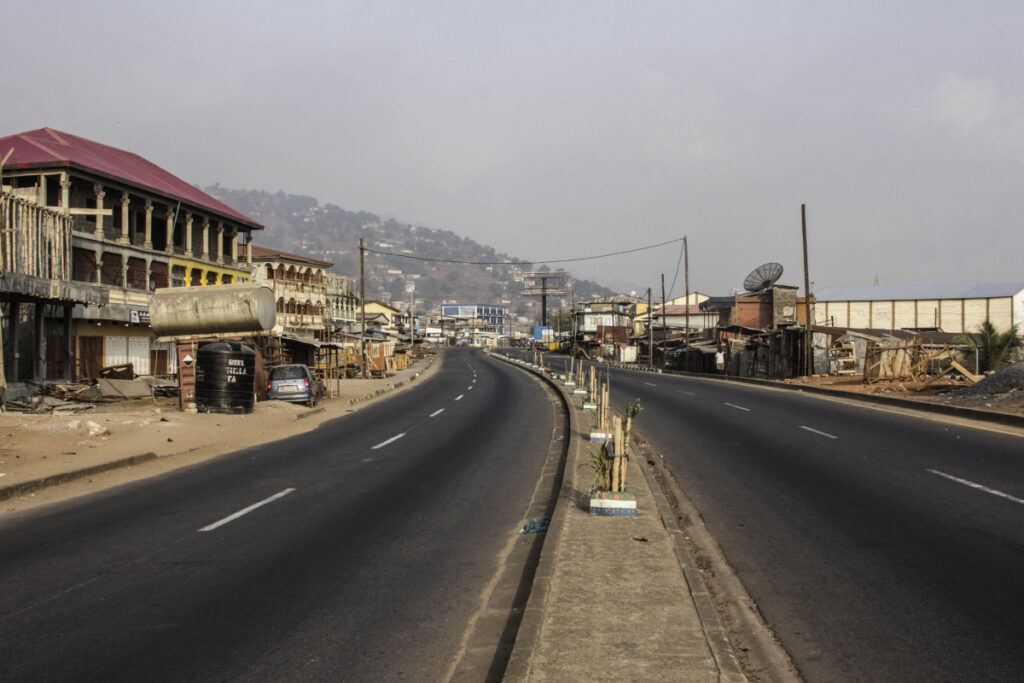Deconstructing critical making

Introduction
If meaning can be conveyed by and through (human-created) artefacts, then do we have the capacity as scholars to uncover these meanings through research? Scholars in the humanities engage with ‘reading’ meaning from artefacts, objects, and texts. Hence, images, words, buildings, choreographies and other forms of human expression and creation are suitable research ‘objects’ offering meaningful insight.
This knowledge can be used to further social justice. The increasing permeation of digital technologies in the construction, dissemination, and consumption of these objects, asks for a reflection whether traditional research methods of the humanities suffice. An emerging field within the humanities, digital humanities, are actively engaged in this matter. The purpose, as Kayla Abner defines, is understanding the complex dynamics between technologies and sociality by using digital tools for ‘transformative, social justice scholarship.’ (2019).
One approach to this is ‘critical making’, a process that describes knowledge creation through incorporating material construction and design (Ratto 2011, p. 252). This position assumes that ‘making’ regards and deploys the idea that technologies co-constitute our social world (p. 254).
However, regarding ‘making’ as essential for epistemology is still being debated within digital humanities. In this essay I will explore whether critical making is crucial for epistemology, especially when viewing research practices as ultimately furthering social justice.
Critical Making
Reading literature on digital technologies and its effects on sociality is different from engaging with these technologies. Or, as Matt Ratto describes; our material experience of technology as opposed to our intellectual conceptualisation (2011, no pages). He proposes that this disjunction can be bridged through ‘critical making’, and that in this process we gain new insights.
Critical making involves three stages which have no particular order:
– One stage is an engagement in literature review to establish a corpus of concepts and theories.
– A second phase describes the creation and design of technical prototypes by actors across disciplines which consigns knowledge and skills to the makers.
– In the third stage, reflection through iteration explores alternative constructs, designs and theories (Ratto, 2011, p. 253).
Ultimately, as critical making involves the shared practice of interdisciplinary and intertextual alternative modes of engagement, novel insights have the potential to unravel the complexities of so called ‘wicked problems’, (Ratto, 2011). These complex issues could be the key to solve social injustices.
Does 'making' suffice?
According to Stephen Ramsay, ‘making’ is a crucial aspect in the digital humanities. Building, making, coding, or other forms of material engagement, are what ‘digital humanities is about’ (Ramsay 2013, p. 243-245). Alan Liu, however, questions this assumption and proposes that digital tools and methods should be used to uncover links between identity formations and social, economic and political categories (Liu, 2011). This uncovering does not require making. Therefore, both authors agree on the social justice commitment of the digital humanities by concerning themselves with the power structures prevalent in our society, and in our (digital) artefacts.
What I want to question however, is whether critical making is suitable for uncovering deeply embedded, social injustices from a more fundamental perspective? Can the meaning created through making be meaningful to the extent that it effectively unravels and creates ideologies and theories embedded in objects?
Deconstructing critical making
The perspective of Tara McPherson in her 2012 article ‘Why Are the Digital Humanities So White? or Thinking the Histories of Race and Computation,’ sheds a different light on this issue. She argues that power structures are not just visible in what a screen portrays, but is embedded in the design and coding of the screen itself. She uses UNIX as a case study where programmers encoded racial biases and understandings into the foundation of the system. This (unconscious) process thus results in a technology that is not faultless by design, but includes human subjectivities within its architecture (McPherson, 2012, chapter 9). This aligns with the argument that technologies have ideologies and theories are embedded within them. Bringing the argument back to why critical making is essential for unveiling these systems.
However, McPherson compares this response to ‘formalist and structural tendencies of new media theory’, and conceives this as prioritising the technological over the social (2012, chapter 9). Whether the latter is indeed the case, is another debate, but the former touches upon a potential flaw within critical making. Can we use digital tools and methods if these are subject to in-built social inequalities?
To illustrate this, I want to refer to photography as a creative ‘maker’ practice to criticise ideologies and construct alternatives.
Is critical making not meaningful?
In the 2012 exhibition, ‘to Photograph the details of a Dark Horse in Low Light,’ by Broomberg & Chanarin, they explored the ideological technological features of the Kodak film stock from the 1980s. This stock could not render dark skin, and ‘prioritised’ light skin’s light reflection to base the chemical sensitivity of their stock on. The exhibition, through using this stock and materialising the colour difference, showed the relation between South Africa’s apartheid regime, and technological affordances. This could be seen as an example of critical making, but reveals another dimension; that making can come ‘after’ earlier discoveries of these power structures. The knowledge was not created through making; making merely exemplified it.
This case study points out a fundamental difference in medium specificity and technological affordances. The difference between, say, the Web or search engines and photography is that the latter is a far more complex object in design, usage, and technical features. This further problematises unraveling how they interact with other complex processes. Perhaps, priority lies in deconstructing, rather than making.
Following Derrida, the question is whether you can describe power structures in texts using language in which power structures are embedded. I have no answer to this question, however, I do see the importance of scholars questioning their tools and methods to engage in epistemology. Critical making can serve as a method to engage in epistemology, but should be regarded as a method that exists within and uses digital tools uncoupled from power structures.
Thus, the question that follows in this era of prevalent digital technologies, is whether can we describe power structures in digital technologies using digital technologies embedded in, created in, and operating in power structures.
The answer might call for a thorough deconstruction of these digital tools.
Reference List
Aperture. Adam Broomberg & Oliver Chanarin—To Photograph the Details of a Dark Horse in Low Light. Retreived December 2, 2019 from https://aperture.org/blog/adam-broomberg-oliver- chanarin-to-photograph-the-details-of-a-dark-horse-in-low-light/.
Ratto, M. (2011). Critical Making: Conceptual and Material Studies in Technology and Social Life. In formation Society, 27(4), 252-260.
Liu, A. (2012) Why I’m In It’ x 2 — Antiphonal Response to StephanRamsay on Digital Humanities and Cultural Criticism. Retrieved December 1, 2019 from https://liu.english.ucsb.edu/why-im- in-it-x-2-antiphonal-response-to-stephan- ramsay-on-digital-humanities-and-cultural-criticism.
McPherson, T. (2012). Why Are the Digital Humanities So White? or Thinking the Histories of Race and Computation. In Gold, M. (2012) Debates in the Digital Humanities. Minneapolis, London: University of Minnesota Press chapter 9.
Sandbeck, S. Kingsmisth, A.T. & Bargen, Julian van (2019). The block is hot: a commons-based ap proach to the development and deployment of blockchains. In Ragnedda, M. & Destefanis, G. (eds.) (2019), Blockchain and Web 3.0. London: Routledge pp. 15-29.
McPherson, T., Ramsay, S., Nyhan, J., & Vanhoutte, E. (2013). Who’s In and Who’s Out. In M. Terras (Ed.), Defining Digital Humanities: A Reader (pp. 243-246).
Kayla, A. (2019). Transformations in Digital Humanities. Retreived December 4, 2019 from http://pu blish.illinois.edu/commonsknowledge/2019/03/05/transformation-in-digital-humanities/.
Ratto, M. (2011). Critical Making/Matt Ratto. Retrieved December 4, 2019 from http://opendesign now.org/index.php/article/critical-making-matt-ratto/.
